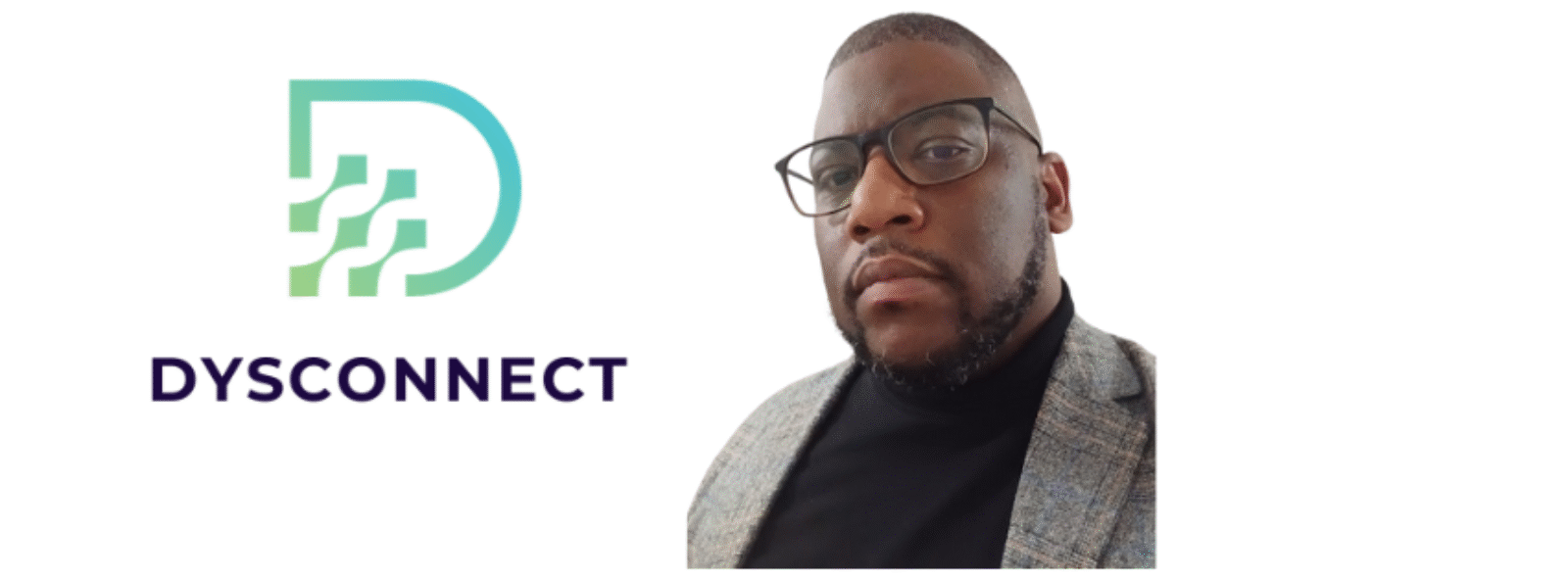Being left-handed and dyspraxic comes with its own set of challenges and triumphs. Individuals like myself often find themselves navigating a world designed for right-handed, neurotypical individuals. However, their unique perspectives and experiences offer valuable insights and contribute to a diverse and inclusive society.
Dyspraxia, also known as Developmental Coordination Disorder (DCD), is a neurological condition that affects coordination, motor skills, and cognitive processing. Left-handedness, on the other hand, is a genetic trait that affects approximately 10% of the global population. When these two traits coexist in an individual, they can present a distinct set of challenges in daily life.
One of the most noticeable challenges for left-handed dyspraxic individuals is the struggle to perform fine motor tasks with precision and coordination. Simple activities such as writing, tying shoelaces, or using utensils can be more complex and require additional effort and practice. In a world where most tools and equipment are designed for right-handed individuals, left-handers with dyspraxia often face added hurdles in completing these tasks.
School can be a particularly challenging environment for left-handed dyspraxic individuals. Writing neatly and quickly can be an arduous task, and they may struggle to keep up with their peers. Additionally, participating in physical education and sports activities may present difficulties due to coordination and spatial awareness issues associated with dyspraxia.
Despite these challenges, being left-handed and dyspraxic also brings unique strengths and perspectives. Many individuals with dyspraxia are highly creative and possess strong problem-solving skills. Their ability to think outside the box and approach tasks from different angles can lead to innovative solutions and fresh ideas. Left-handedness has also been associated with enhanced creativity and lateral thinking, adding an extra layer of uniqueness to their cognitive abilities.
As society becomes more aware of neurodiversity and the importance of inclusivity, accommodations and support for left-handed dyspraxic individuals are gradually improving. Educational institutions are beginning to recognize the need for tailored support, such as providing ergonomic tools and offering alternative methods for completing tasks. Workplaces are also becoming more accommodating, with employers implementing inclusive policies and recognizing the value of diverse perspectives.
Furthermore, the growing community of left-handed and dyspraxic individuals is fostering a sense of solidarity and empowerment. Through online forums, support groups, and social media, individuals are connecting with others who share similar experiences and challenges. This sense of community provides a platform for sharing coping strategies, celebrating achievements, and advocating for greater understanding and acceptance.
In conclusion, being left-handed and dyspraxic presents a unique set of challenges, but it also brings valuable strengths and perspectives to the table. By embracing neurodiversity and fostering inclusivity, society can create an environment where all individuals, regardless of their neurological differences, can thrive and contribute meaningfully. Through awareness, understanding, and support, we can celebrate the richness of diversity and empower every individual to reach their full potential.
